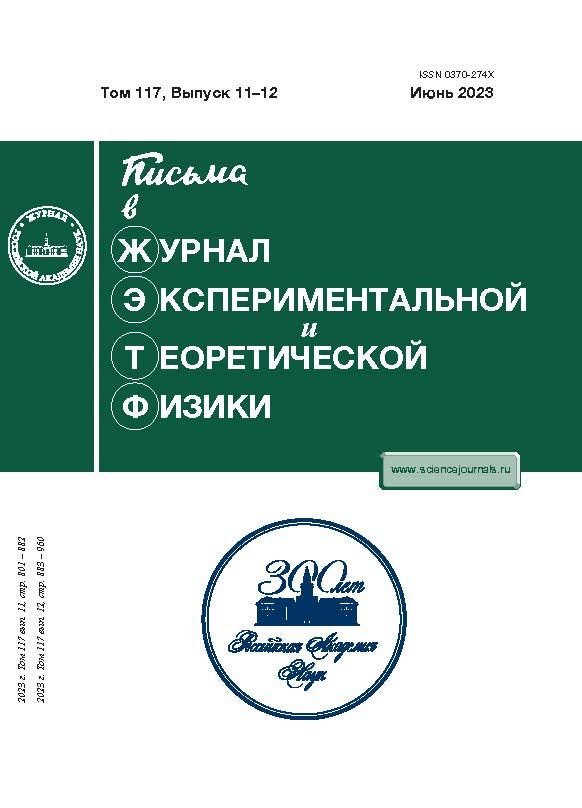Robust and fast quantum state transfer on superconducting circuits
- Authors: Liu X.-.1, Liu J.1, Xue Z.-.1
-
Affiliations:
- South China Normal University
- Issue: Vol 117, No 11-12 (6) (2023)
- Pages: 865-866
- Section: Articles
- URL: https://archivog.com/0370-274X/article/view/663145
- DOI: https://doi.org/10.31857/S1234567823110101
- EDN: https://elibrary.ru/DJRVHP
- ID: 663145
Cite item
Abstract
Quantum computation attaches importance to high-precision quantum manipulation, where the quantum state transfer with high fidelity is necessary. Here, we propose a new scheme to implement the quantum state transfer of high fidelity and long distance, by adding on-site potential into the qubit chain and enlarging the proportion of the coupling strength between the two ends and the chain. In the numerical simulation, without decoherence, the transfer fidelities of 9 and 11 qubit chain are 0.999 and 0.997, respectively. Moreover, we give a detailed physical realization scheme of the quantum state transfer in superconducting circuits, and discuss the tolerance of our proposal against decoherence. Therefore, our scheme will shed light on quantum computation with long chain and high-fidelity quantum state transfer.
About the authors
X. -Q Liu
South China Normal University
Email: letters@kapitza.ras.ru
J. Liu
South China Normal University
Email: letters@kapitza.ras.ru
Z. -Y Xue
South China Normal University
Author for correspondence.
Email: letters@kapitza.ras.ru
References
- S. Bose, Phys. Rev. Lett. 91, 207901 (2003).
- M. Christandl, N. Datta, A. Ekert, and A. J. Landahl, Phys. Rev. Lett. 92, 187902 (2004).
- C. Albanese, M. Christandl, N. Datta, and A. Ekert, Phys. Rev. Lett. 93, 230502 (2004).
- M. Christandl, N. Datta, T.C. Dorlas, A. Ekert, A. Kay, and A. J. Landahl, Phys. Rev. A 71, 032312 (2005).
- M.-H. Yung and S. Bose, Phys. Rev. A 71, 032310 (2005).
- D. L. Feder, Phys. Rev. Lett. 97, 180502 (2006).
- D. Burgarth and S. Bose, Phys. Rev. A 71, 052315 (2005).
- V. Giovannetti and D. Burgarth, Phys. Rev. Lett. 96, 030501 (2006).
- D. Burgarth, V. Giovannetti, and S. Bose, Phys. Rev. A 75, 062327 (2007).
- A. Zwick, G.A. 'Alvarez, J. Stolze, and O. Osenda, Phys. Rev. A 85, 012318 (2012).
- A. W'ojcik, T. Luczak, P. Kurzy'nski, A. Grudka, T. Gdala, and M. Bednarska, Phys. Rev. A 72, 034303 (2005).
- L. Banchi, T. J.G. Apollaro, A. Cuccoli, R. Vaia, and P. Verrucchi, Phys. Rev. A 82, 052321 (2010).
- N.Y. Yao, L. Jiang, A.V. Gorshkov, Z.-X. Gong, A. Zhai, L.-M. Duan, and M.D. Lukin, Phys. Rev. Lett. 106, 040505 (2011).
- L. Elliott, S. Theodore, and D. Mattis, Ann. Phys. 16, 407 (1961).
- J.D. Strand, M. Ware, F. Beaudoin, T.A. Ohki, B.R. Johnson, A. Blais, and B. L.T. Plourde, Phys. Rev. B 87, 220505 (2013).
Supplementary files











